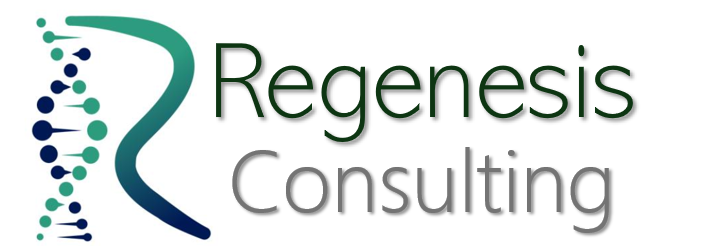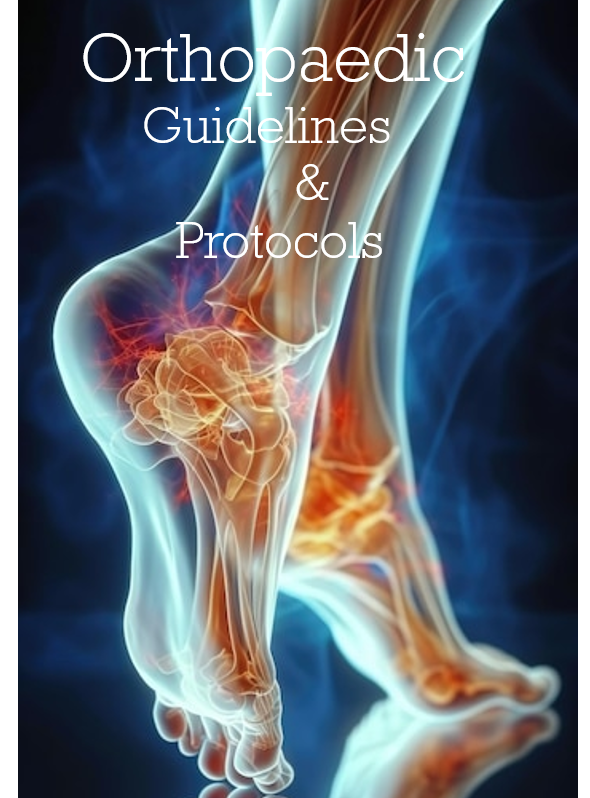
الإرشادات السريرية وبروتوكولات العلاج:
الإرشادات السريرية وبروتوكولات العلاج هي أدوات تُستخدم في الرعاية الصحية يُسترشد بها في اتخاذ القرارات الطبية وتوحيد الممارسة؛ ولكن هناك بعض الاختلافات بينهما:
النطاق والغرض:
الإرشادات السريرية: هذه وثائق شاملة طورها خبراء الرعاية الصحية أو المنظمات المهنية، وهي تقدم توصيات قائمة على الأدلة لإدارة حالات أو أمراض صحية محددة. تشمل الإرشادات السريرية عادةً مجموعة واسعة من الجوانب المتعلقة بالتشخيص، والعلاج، والوقاية، ومتابعة الرعاية.
بروتوكولات العلاج: بروتوكولات العلاج هي وثائق أكثر تركيزًا تحدد خطوات أو إجراءات محددة يجب اتباعها عند إدارة حالة صحية معينة أو مرض معين. عادةً ما تقدم تعليمات تفصيلية بشأن تسلسل التدخلات، وجرعات الأدوية، وطرق العلاج الأخرى لاستخدامها بكيفية موحدة.
مستوى التفاصيل:
الإرشادات السريرية: تميل الإرشادات إلى أن تكون أكثر شمولًا، حيث تقدم توصيات بناءً على مزيج من الأدلة المتاحة، واجماع الخبراء، واعتبارات تفضيلات المرضى وقيمهم. قد تتضمن خيارات واعتبارات علاجية بديلة لفئات محددة من السكان.
بروتوكولات العلاج: عادةً ما تكون البروتوكولات أكثر تحديدًا وتفصيلاً؛ لكي توفر تعليمات لمقدمي الرعاية الصحية لاتباعها عند تقديم الرعاية خطوة بخطوة. قد تشمل الجرعات الدقيقة، وطرق الإعطاء، ورصد المعايير للعلاجات.
المرونة والقدرة على التكيف:
الارشادات السريرية: عادةً ما تُصمم الإرشادات لكي تكون مرنة وقابلة للتكيف مع احتياجات المرضى الفردية والظروف السريرية. إنها توفر مبادئ عامة يمكن تطبيقها عبر أماكن الرعاية الصحية المختلفة ومجموعات المرضى.
بروتوكولات العلاج: البروتوكولات تكون أكثر صرامة وأقل قابلية للتكيف؛ لأنها تهدف إلى توحيد ممارسات العلاج وضمان الاتساق في تقديم الرعاية. ومع ذلك، فقد تسمح ببعض المرونة ضمن بارامترات محددة مسبقًا.
عمليات التطوير:
الإرشادات السريرية: عادةً ما تتطور الإرشادات من خلال عملية صارمة تتضمن استعراضًا منهجيًا للأدبيات، وتوافق آراء الخبراء، وكثيرًا ما تخضع لمراجعة الأقران قبل النشر. يمكن تحديثها بشكل دوري لدمج أدلة أو تغييرات جديدة في الممارسة السريرية.
بروتوكولات العلاج: يمكن تطوير البروتوكولات من قبل مؤسسات الرعاية الصحية الفردية أو الإدارات أو المجموعات المتخصصة بناءً على الإرشادات الحالية والممارسات المحلية والتفضيلات المؤسسية. قد تكون أقل رسمية من الإرشادات وقد لا تخضع لنفس المستوى من المراجعة الخارجية.
دعونا نأخذ مثالًا في جراحة العظام:
الإرشادات السريرية: تضع الأكاديمية الأمريكية لجراحي العظام (AAOS) إرشادات سريرية للعديد من حالات جراحة العظام، مثل: كسور الورك. قد يكون أحد الأمثلة على الإرشادات السريرية هو "التعامل مع كسور الورك لدى كبار السن". سيوفر هذا الإرشاد توصيات للتشخيص وخيارات العلاج الجراحي (على سبيل المثال، رأب مفصل الورك مقارنةً بالتثبيت الداخلي)، والرعاية المحيطة بالجراحة، وبروتوكولات إعادة التأهيل، والوقاية من المضاعفات للمرضى كبار السن الذين يعانون من كسور في الورك. سيستند إلى عرض شامل للأدلة المتاحة وتوافق آراء الخبراء في المجال.
بروتوكولات العلاج: داخل قسم جراحة العظام بالمستشفى، قد يكون هناك بروتوكول علاج محدد للتعامل الجراحي مع كسور الورك. سيحدد هذا البروتوكول العملية التي يجب على جراحي العظام وفرقهم اتباعها خطوة بخطوة عند علاج المرضى الذين يعانون من كسور في الورك. قد يتضمن تفاصيل مثل معايير التقييم قبل الجراحة، والتقنيات الجراحية، وخيارات الزرع، واستراتيجيات إدارة الألم بعد الجراحة، وتمارين إعادة التأهيل، ومعايير التفريغ. يهدف بروتوكول العلاج إلى توحيد تقديم الرعاية وتحسين نتائج المرضى من خلال ضمان الاتساق في التعامل مع كسور الورك عبر مختلف مقدمي الرعاية الصحية داخل المؤسسة.





